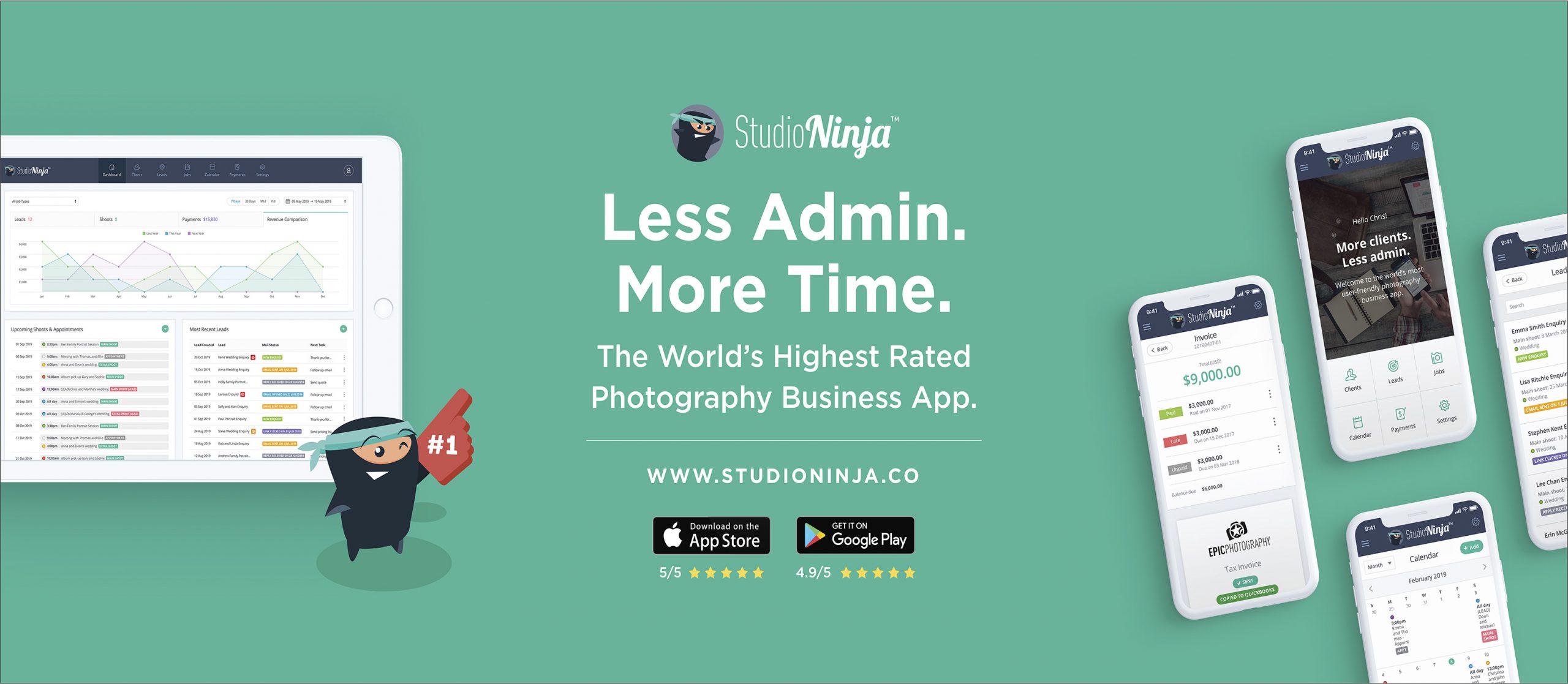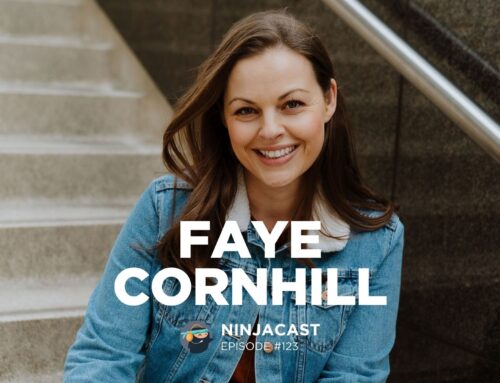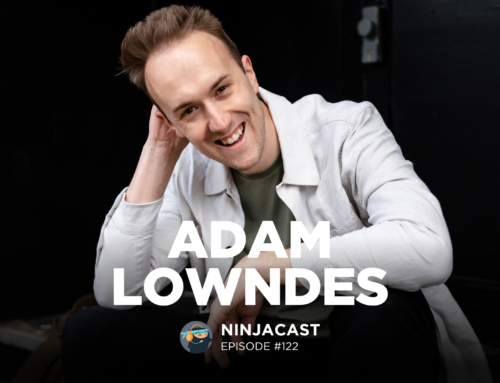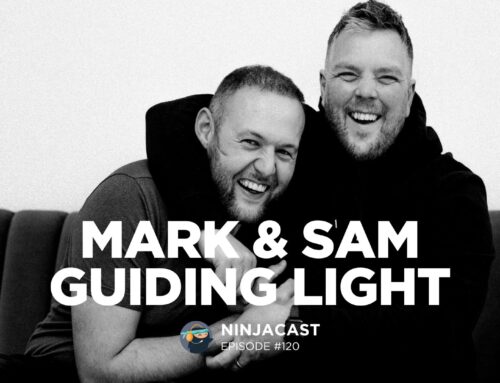098: Mary Vance – Top Tips For Hybrid Story-Telling & How To Know When Your Business Needs a Mom
May 20, 2023
“Don’t be so hard on yourself – trust yourself. It is your art”
MARY VANCE
Hey everyone! It’s Sally here, from Studio Ninja. Today’s episode is all about Mary Vance!
Mary Vance is a lifestyle photographer and videographer located in the suburbs of Seattle, Wa, where she specializes in high school senior photography. Over the past decade, Mary has earned a reputation for creating connection in single-subject images as well as crafting inclusive experiences for her senior clients, specifically for those who are neurodiverse or identify as a part of the LGBTQIA+ community. Mary merges her past life as a professional dancer with her ease of interaction with teenagers to create natural posing workflows to flatter all bodies.
Mary has shared her approach to senior photography thru speaking engagements with WPPI, the RangeFinder Lounge, The Bokeh Podcast, and the Elena S Blair Mastermind and Retreat. She writes regularly for RangeFinder.comand has been educating for over 20 years.
Check out some of the biggest points from Mary’s interview below:
What are your top tips for working with seniors?
This is a golden nugget. So if anybody’s a note taker or whatever, write this down. Especially if you are native to a market that senior photography is not well established. It is very well established where I live. The precedence for it is there. And so I understand though, that not every photographer is going to be in that market right where they are naturally. So instead of selling it as a senior portrait experience, book it as your first personal branding session. And if you look at it like that, that is the oh… That’s marketing genius, to flip it like that. Because every person who is coming out of, whether it be high school senior or university college senior… You can do it at either point in time. They have to launch into the world.
Now, they’re launching into a world where it is very much so required that you have professional looking LinkedIn portfolio, where your employers are going to be researching your social media and stuff like that. You need to have professional photos. So if nothing else… If you’re in a market where it’s not well established to do senior photos, then market it as your first personal branding session. That I think… I honestly… I have… I know. I’m like if you think about it that way, then it will really open the market up for you a lot. Because, that’s language that people are familiar with. And so, just as… You want a new marketing effort to be as low lift as it can be. And so that’s one way to do that.
Posing was the next thing that you asked me about. And what are my tips on posing? I am really big, as I mentioned before, about not forcing the humans that step in front of my camera to become something else. I don’t want them to look like a model. And I tell people all the time. I’m like when I think about a model, I think about a model airplane. A model train set. I think about Lego scale models, and stuff like that. Those are things, those are not people. So when I think about a person, I don’t want to think this is a thing for me to play with. I want to think, this is a human for me to show. So with that in mind, every time someone steps in front of my camera, what I’m paying a lot of attention to is what their natural range of motions are.
Now I say this because I have photographed lots of people that are on the neuro diversity scale in some ways. I have photographed able-bodied and less able-bodied, just the whole range of different sizes and things like that. And so what I say when I mean natural movement is, keeping it to the things that you would actually see a person doing in their day-to-day life. That’s where you start. So for example, I break everything down into standing, seated and walking poses. Pretty much everybody does those three things every single day. But I also sometimes will have these senior guys who come to me, who have gotten really tall all of a sudden. And they remind me of puppies, where their legs grow before their feet.
And so I’m like, okay. What you have to remember is that these people as humans and as bodies, have just gone through the most significant physical changes in their life. And so asking them to take their leg and stick it around behind their head because it looks good is just too much. And so like I said, I do standing, seated and walking poses. Because, that’s in a natural range of movement. I think about things like… I’ll walk and see, is this person flexible? Are they holding their hands closer to their body naturally? How are they holding their chin? I make micro adjustments all over the place. But I stick to just those forms of natural movement, specifically because it makes people comfortable.

How do you make the most of natural light?
Yeah. Absolutely. Well, you’re right. There is so much more consistency I guess, uncertainty in coming into a studio. And I have nothing against studio photographers at all. And I have lights, and I know how to use lights. And a good close friend of mine who’s very much so in my area and in my market, she teaches everything about using strobes and natural light. And flash, and stuff like that. It’s just not for me honestly. Working with the light… Yeah. It can be a little bit tricky, but there are also some things that I can control. I guess I will also say, I live in the Seattle area. And if people aren’t familiar with that, we basically have about 10 months of gray.
So I do a couple of things. Number one, I build flexibility into my schedule. So that I can account for things like rain outs. Really just horrible weather. The past couple of years, we’ve had a lot of smoke from forest fires and stuff like that. And so those are things that we just work around. But knowing and understanding what your locations are going to be like… So I do a lot of pre-scouting. I only use my locations. I know the light there. I shoot at golden hour for everyone, because it’s the light that I enjoy. But even if it’s not a beautiful golden houry day. Even if it’s overcast, there can still be some really cool and moody things that are going on with that. Once I get into the later part of my season… So my season runs middle of July through October.
Once I get into about mid-September through October, the rains start. And so then instead of booking a specific day with my clients, they’re booking a week of. And so I’ll say, you’re going to be the week of October the first. Or the week of October 10th, or whatever that is. And I’ll just say, whichever weather day is the best day in here is when we go. And so they have to meet mother nature with me with that. Yeah. But I still get… Gosh. I would say probably, fingers crossed and knock on wood, 90% of my sessions still look like golden light in beautiful locations. Because, I’m paying attention a lot to it. I don’t go out and shoot at noon because well number one, the kids are in school. So it’s not like they could do that anyway. Yeah.


How do you shoot photo & film?
I love incorporating video into any session. And like you said, this is good for a lot of different genres of photographers. Family photographers, newborn photographers. As well as seniors and brands, and things like that. So the way that I do it is simply enough, I am just clicking that button over on my camera. And switching back and forth, from video to stills. And so the product at the end is beautiful. There’s several different ways that people can offer hybrid. They can just incorporate a sampling of their still images of their photography with some video clips. That’s very simple. Just put some music over it. There are a lot of different options for slideshow producers and things like that, where you can just drag in and drop. And have a music license included, and make that sort of a product. Which sells, because the perceived value of any type of video is so much higher than the perceived value of a still photo. Because, most people can’t edit video.
And that’s usually the one thing that scares people off the most. So for hybrid sessions, what I’ll do with the senior is if they want to incorporate a video, I have them let me know. And they get a choice if they want it incorporated with their session, or if they want that to be a whole separate session. If it’s a whole separate session, that I call a feature film. And a feature film about you is again, it’s a very high dollar product. Because, there’s more work that goes into it. But shooting a hybrid film with a senior session can take a $500 senior to a $1,500 senior. So it can be a $1000 add-on fairly simply.
So I add on about 20 or 30 minutes to whatever their normal session time was going to be. And then I send them a questionnaire. I have them fill it out. It’s a little interview questionnaire beforehand. And you can do this exact same thing with families, or with your newborns. That studio photographer that I mentioned, I went to her studio to say hey, can we do this indoors? Like if you were doing a regular session. As opposed to me being outdoors on location. It still works the same. So you’re just flicking back and forth, between stills and video.
That interview sheet that I send my senior, I’ll print it off. And then that extra 30 minutes… Usually, I do it between outfits. So we’ll finish shooting one outfit. And then I’ll say, okay. We’re going to sit down. I’ll mic them. And I have a little interview with them. And because I’ve already given them the questions ahead of time, they’ve already thought about them. And so I get my sound bites for voiceover with that interview. They change outfits. We go through. We do the rest of the session. And then afterwards, I send the video out to my editor.
I use proxies to edit. It’s very low cost, and very low lift for me. I just have to do the final touches when it comes back. And then I have a $1000 product to sell my clients. And that works on anyone. That works… Like I said, families, newborns, wedding photographers. Wedding photographers, the expectation of wedding videography is maybe a little bit different. So hybrid could be difficult for that, but it certainly works for a lot of other genres and brands. Couples as well, telling their… If you had an engagement shoot I guess, for example, that could be really… Actually if you had an engagement shoot, that could be a really nice product to be able to upsell. Would be a video for the rehearsal dinner, or something like that. Of telling their love story. And you could do that from both perspectives.
You can shoot and film that at their engagement session. And then it’s this add-on product that they get to show all of their friends and family, that really tells the story of them before they even get to their day. And so that’s a way that you can… Doing something that you’re already doing probably, which is including an engagement photo shoot. And then you’ve got this huge upsell on another product that you could offer.

Thank you!
Thanks again to you all for joining us and a huge thanks to Mary for joining us on the show!
If you have any suggestions, comments or questions about this episode, please be sure to leave them below in the comment section of this post, and if you liked the episode, please share it using the social media buttons you see at the bottom of the post!
That’s it for me this week, I hope you all enjoyed this episode.
See you soon,
Sally

About Mary Vance
Mary Vance is a lifestyle photographer and videographer located in the suburbs of Seattle, Wa, where she specializes in high school senior photography. Over the past decade, Mary has earned a reputation for creating connection in single-subject images as well as crafting inclusive experiences for her senior clients, specifically for those who are neurodiverse or identify as a part of the LGBTQIA+ community. Mary merges her past life as a professional dancer with her ease of interaction with teenagers to create natural posing workflows to flatter all bodies.





